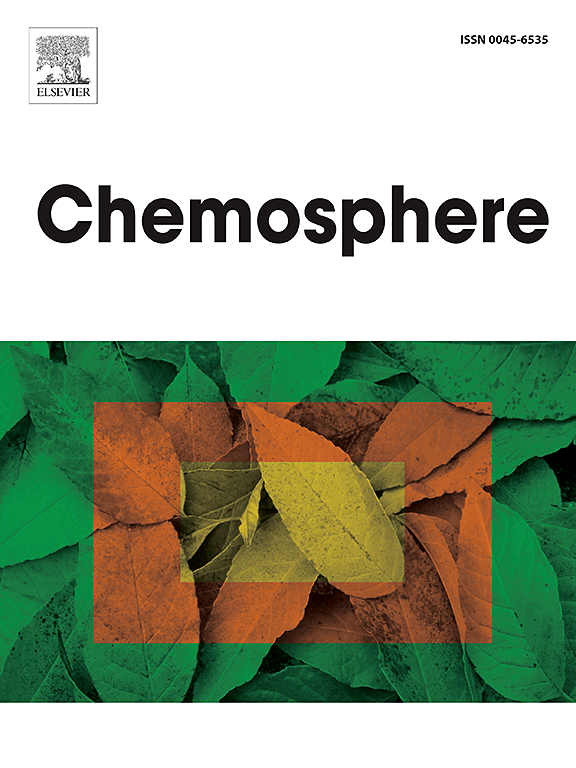Complexing fluorescent dissolved organic matter (FDOM) along the Parnaíba River Delta, Northeast Brazil
IF 8.1
2区 环境科学与生态学
Q1 ENVIRONMENTAL SCIENCES
引用次数: 0
Abstract
The Parnaíba River Delta (PRD) is one of the largest open sea delta of the Americas that is minimally affected by anthropogenic activities along the Equatorial zone of Brazil. Its subsurface waters were collected in December 2019 and December 2021 during the dry season. Both campaigns occurred under the spring tide condition to observe the scenario of seawater intrusion over the delta. It investigated the dynamic of dissolved organic matter (DOM) sources, characteristics, and interactions with copper in the PRD waters flowing through its mangrove forests. The fluorescence spectrophotometer indicated DOM was composed of humic substances from terrestrial sources with signatures of humic acid-like (peak C) and fulvic acid-like (peak A). The ultraviolet–visible absorbance indicated that DOM molecular weight, humification, and aromaticity degree were distinct throughout the years. This difference between the campaigns resulted from the interaction between the terrestrial input, estuarine mixing processes, and the biogeochemical transformations of DOM in the subsurface water of the PRD. Furthermore, the fluorescence quenching showed a strong interaction between terrestrial fulvic acid-like DOM with copper observed in the second collect campaign. These results demonstrate that the quality of DOM derived from terrestrial sources may modify the availability, transport, and fate of trace metal along estuarine environments of the Equatorial zones.

巴西东北部Parnaíba河三角洲络合荧光溶解有机物(FDOM
Parnaíba河三角洲(PRD)是美洲最大的公海三角洲之一,受巴西赤道地区人类活动的影响最小。它的地下水是在2019年12月和2021年12月的旱季收集的。两次运动均在大潮条件下进行,以观察海水入侵三角洲的情况。研究了珠江三角洲红树林水域中溶解性有机物(DOM)的来源、特征及其与铜的相互作用。荧光分光光度计显示DOM由陆源腐植酸物质组成,具有腐植酸样(峰C)和黄腐酸样(峰A)特征。紫外-可见吸光度表明,各年份DOM的分子量、腐殖化程度和芳香度均有显著差异。这种运动之间的差异是陆地输入、河口混合过程和珠江三角洲地下水中DOM的生物地球化学转化之间相互作用的结果。此外,荧光猝灭表明,在第二次收集活动中观察到陆生黄腐酸样DOM与铜之间存在强烈的相互作用。这些结果表明,陆地源DOM的质量可能改变赤道带河口环境中痕量金属的可得性、迁移和归宿。
本文章由计算机程序翻译,如有差异,请以英文原文为准。
求助全文
约1分钟内获得全文
求助全文
来源期刊

Chemosphere
环境科学-环境科学
CiteScore
15.80
自引率
8.00%
发文量
4975
审稿时长
3.4 months
期刊介绍:
Chemosphere, being an international multidisciplinary journal, is dedicated to publishing original communications and review articles on chemicals in the environment. The scope covers a wide range of topics, including the identification, quantification, behavior, fate, toxicology, treatment, and remediation of chemicals in the bio-, hydro-, litho-, and atmosphere, ensuring the broad dissemination of research in this field.
 求助内容:
求助内容: 应助结果提醒方式:
应助结果提醒方式:


